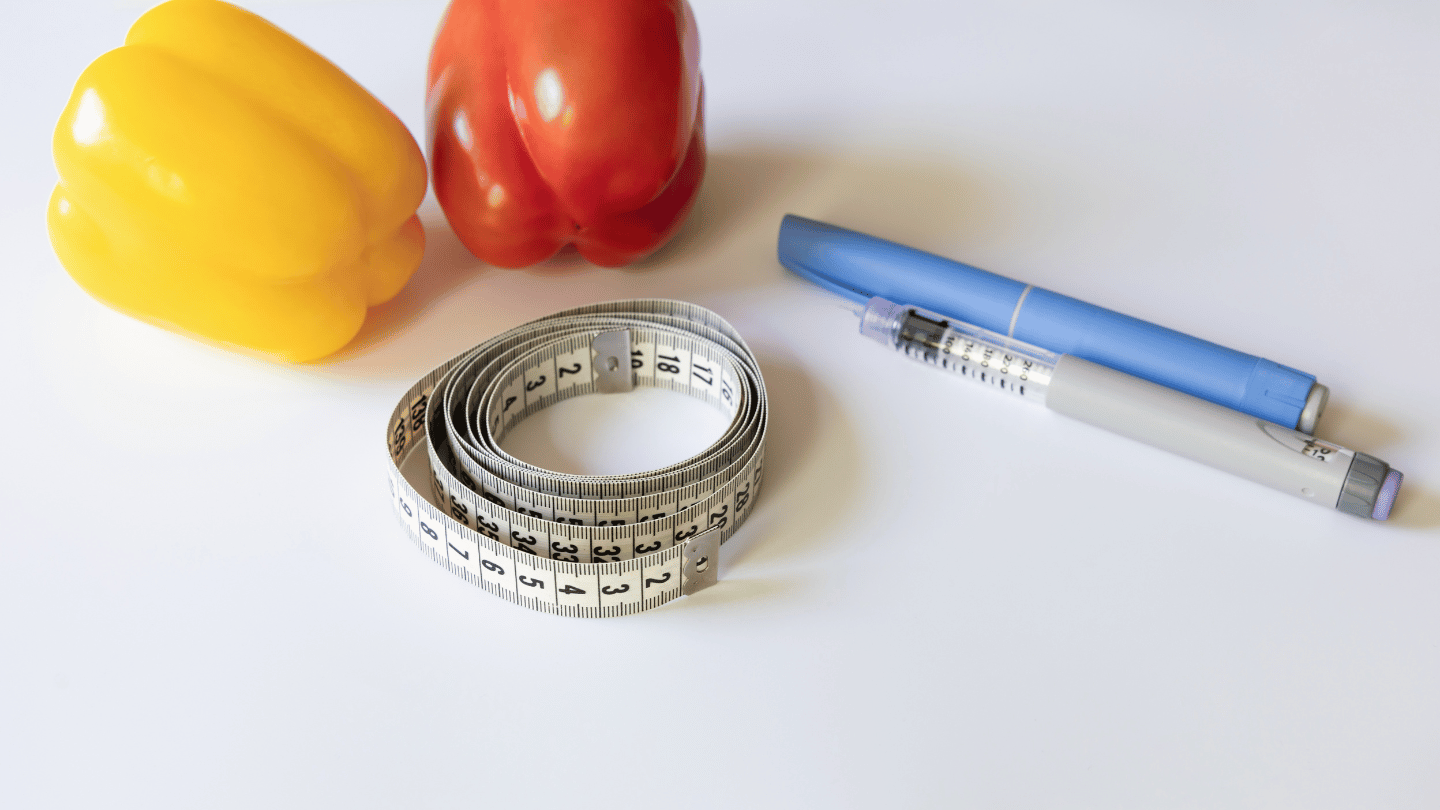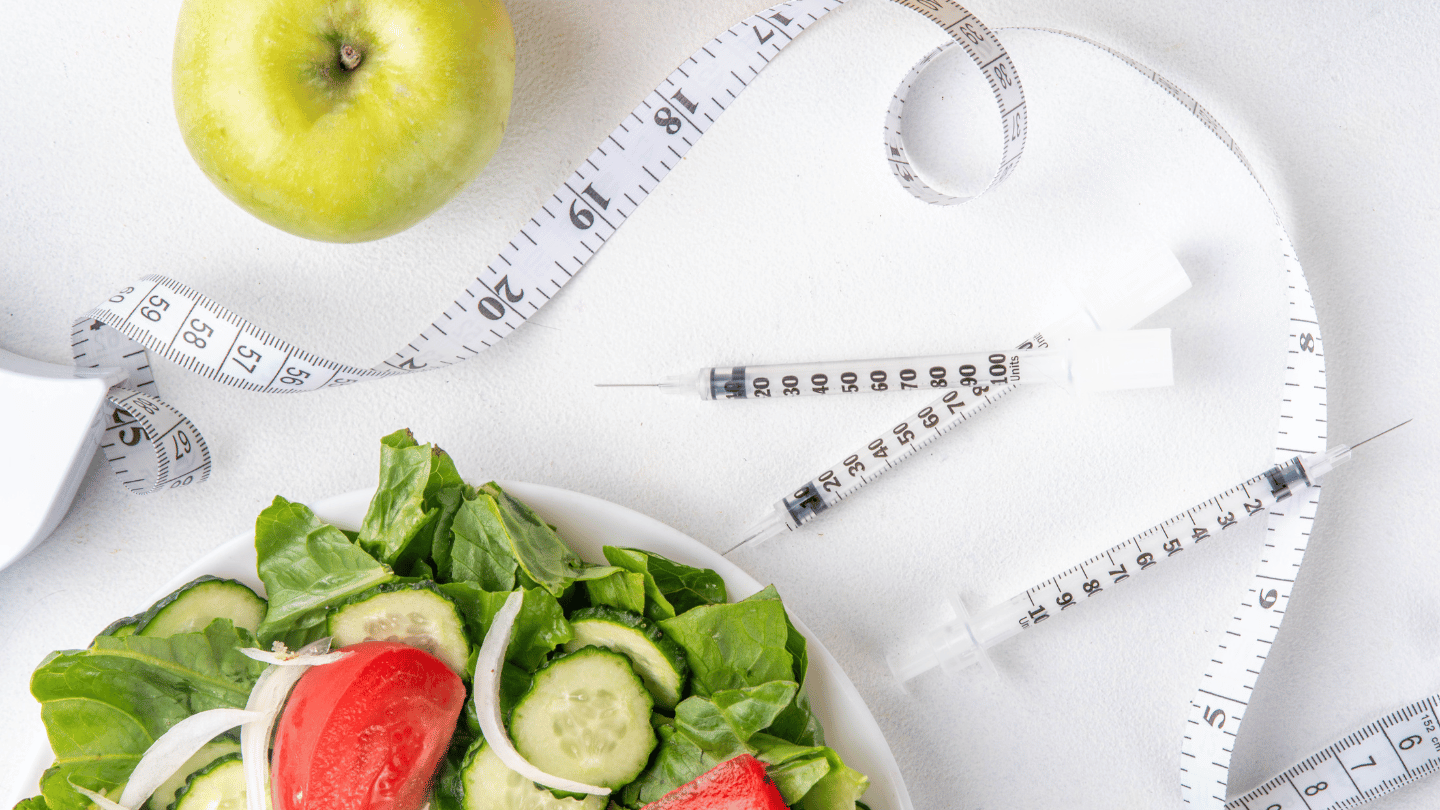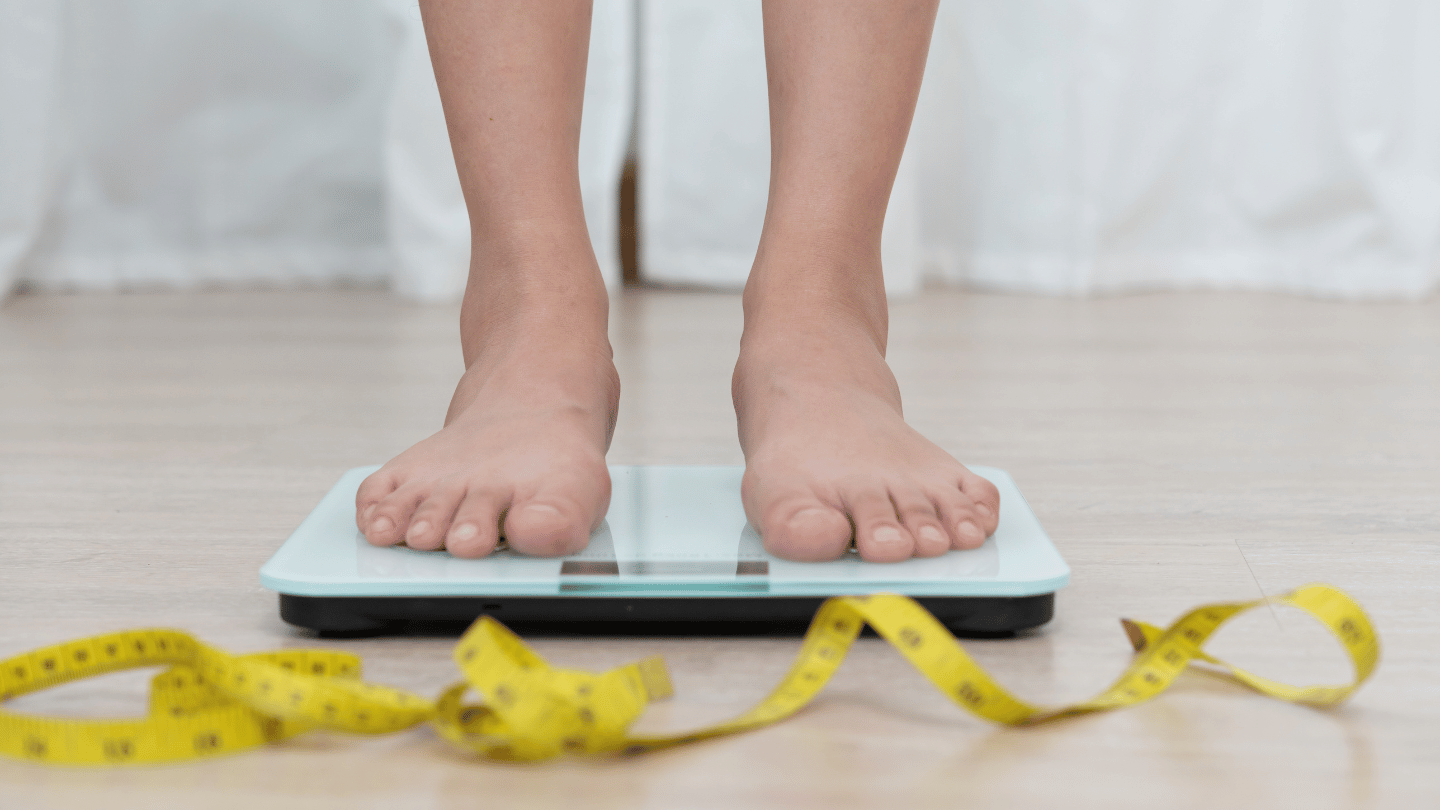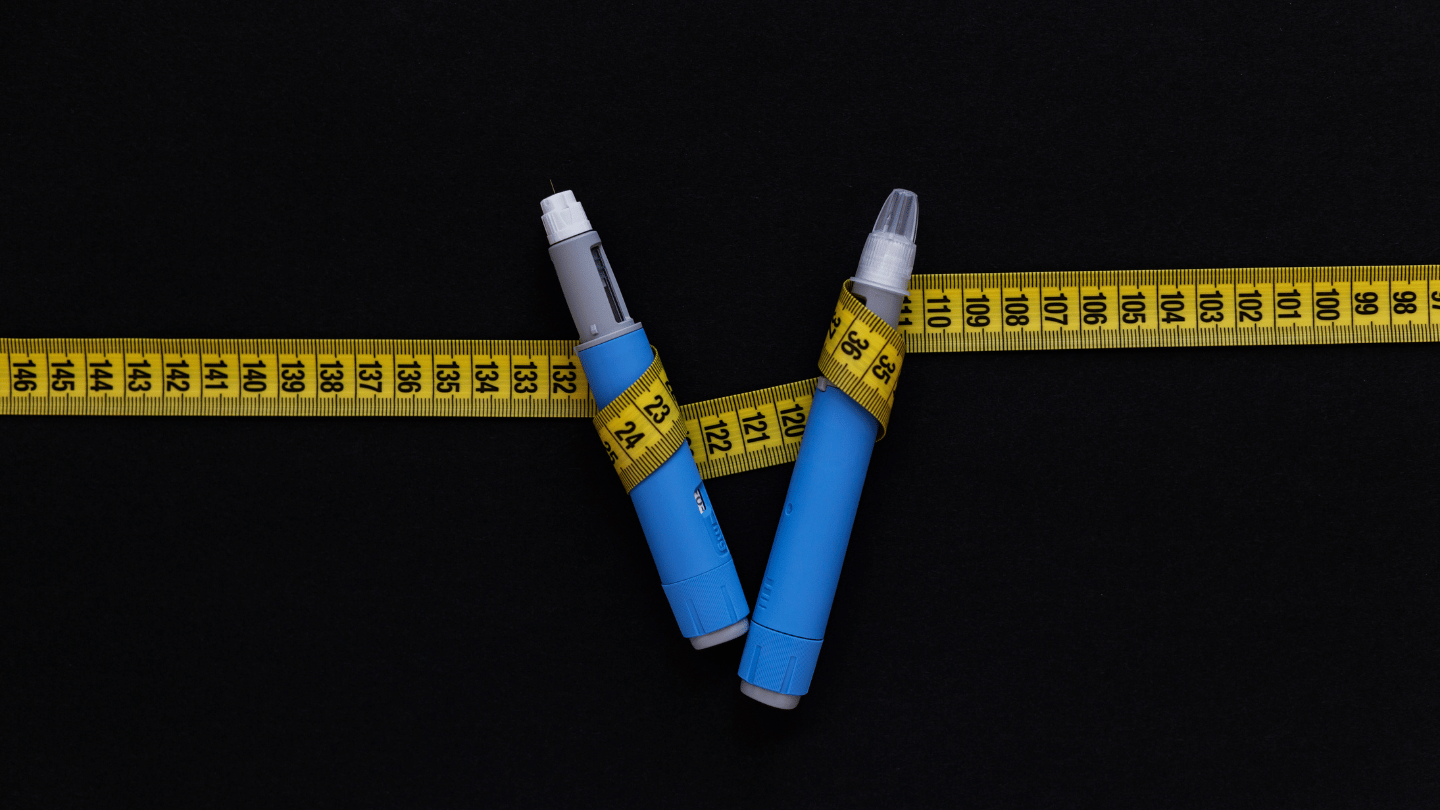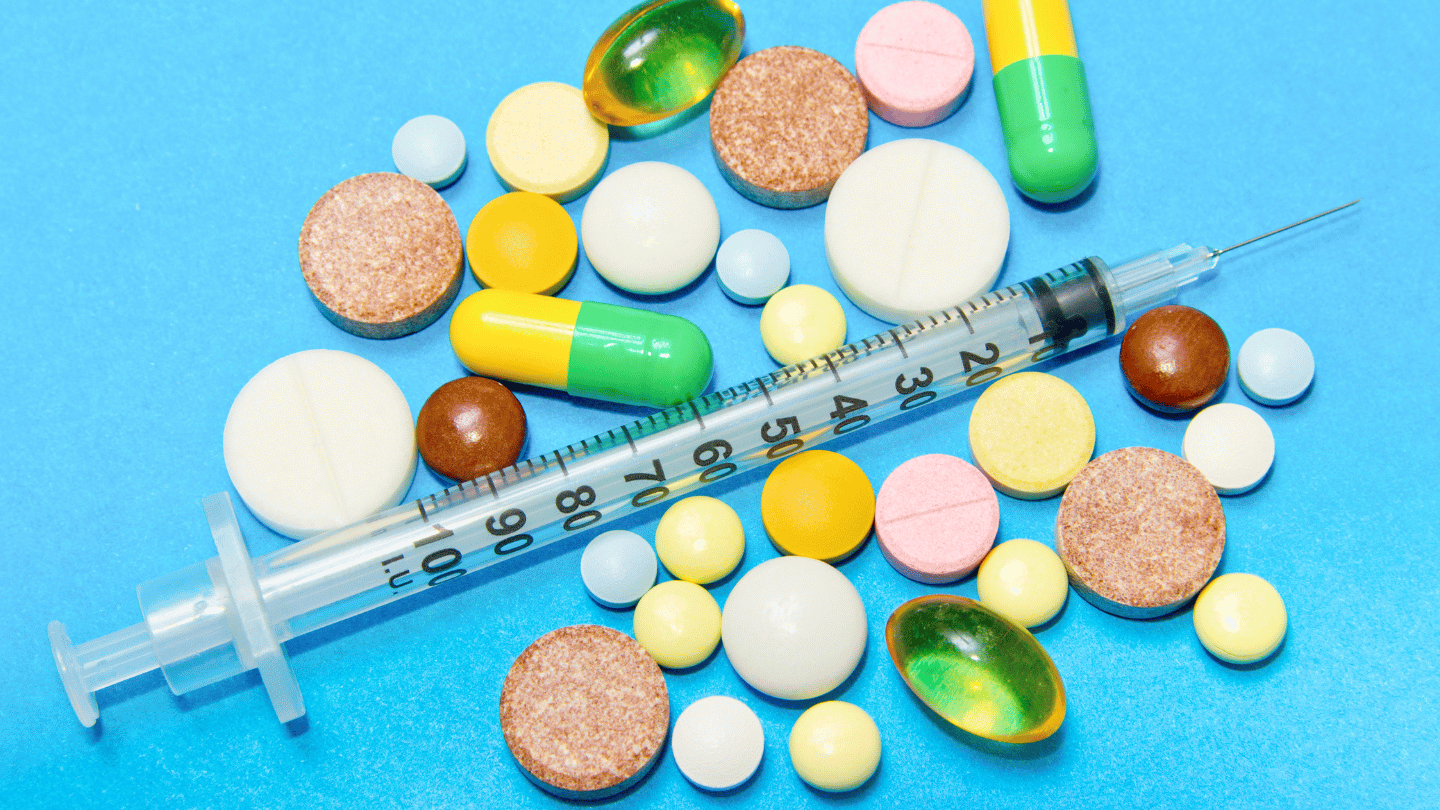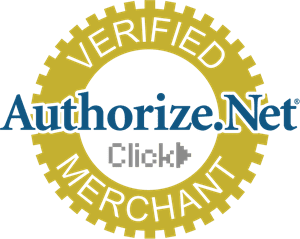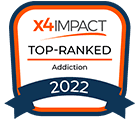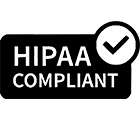The Suboxone induction phase is the initial stage of treatment for patients with opioid use disorder (OUD). Suboxone, a combination of buprenorphine and naloxone, is used to help patients overcome opioid dependency through three main phases:
- Induction
- Stabilization
- Maintenance
What is the Suboxone Induction Phase?
The induction phase is the first step in the treatment process, typically lasting 2 to 3 days. During this phase, the body undergoes detoxification from the original opioid while buprenorphine begins to replace it. This transition is carefully managed to minimize the risk of precipitated withdrawals. Precipitated withdrawals occur when opioid receptors suddenly experience the displacement of the original opioid with buprenorphine, leading to severe withdrawal symptoms.
To avoid this, smaller doses of Suboxone are initially administered. These doses can be as small as 0.5 mg to 1 mg. Due to the unavailability of these smaller doses in most pharmacies, 2 mg or 8 mg strips are prescribed and then cut into smaller pieces. The amount of Suboxone required during this phase helps the treating physician determine the appropriate daily dosage for the subsequent stabilization and maintenance phases.
Next Steps After the Suboxone Induction Phase
Once the induction phase is complete, patients move on to the stabilization and maintenance phases, where the focus shifts to maintaining the appropriate dose and managing long-term recovery.
If you or someone you know is struggling with opioid use disorder, QuickMD can help. Our telemedicine services provide access to Suboxone treatment from the comfort of your home. Contact us today to start your journey towards recovery.




